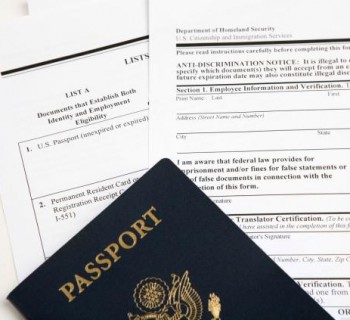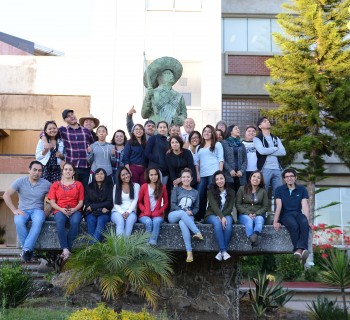U.S. population growth in 2065 will be driven by Asian and Hispanic immigration, according to a new Pew report.
http://www.theatlantic.com/national/archive/2015/09/the-changing-face-of-america/407620/
More than 59 million immigrants have arrived in the country since the passage of the landmark Immigration and Nationality Act of 1965, the Pew Research Center announced Monday in a new report.
The report added that the U.S. population in 2065 will be about 441 million, up from about 318 million now. The growth will be driven by Asian and Hispanic immigration; 18 percent of the population in 2065 will be foreign-born, Pew says.
The Pew report was released Monday to mark the 50th anniversary of the passage of the immigration act. That law ended a system that heavily favored migration from Northern Europe, and opened up America’s doors to people from all over the world.
Here are some key takeaways from the report:
1. In 2013, a record 41.3 million foreign-born people lived in the U.S.—13.1 percent of the population. The growth has been sharp since 1965, though it has slowed in recent years. Here’s what that looks like:

2. Immigration to the U.S. has shifted from Europe and Canada in the 1960s and ’70s to Latin America and Asia now.

3. The foreign-born share of the U.S. population in 2065 will be nearly 18 percent.

4. Asians are projected to be the top source of migrants to the U.S. in 2065.

5. Attitudes toward the immigrants are mixed.

6. By 2055, there won’t be a racial or ethnic majority in the U.S.

This article was originally published at The Atlantic, an Atlantic Media partner.







